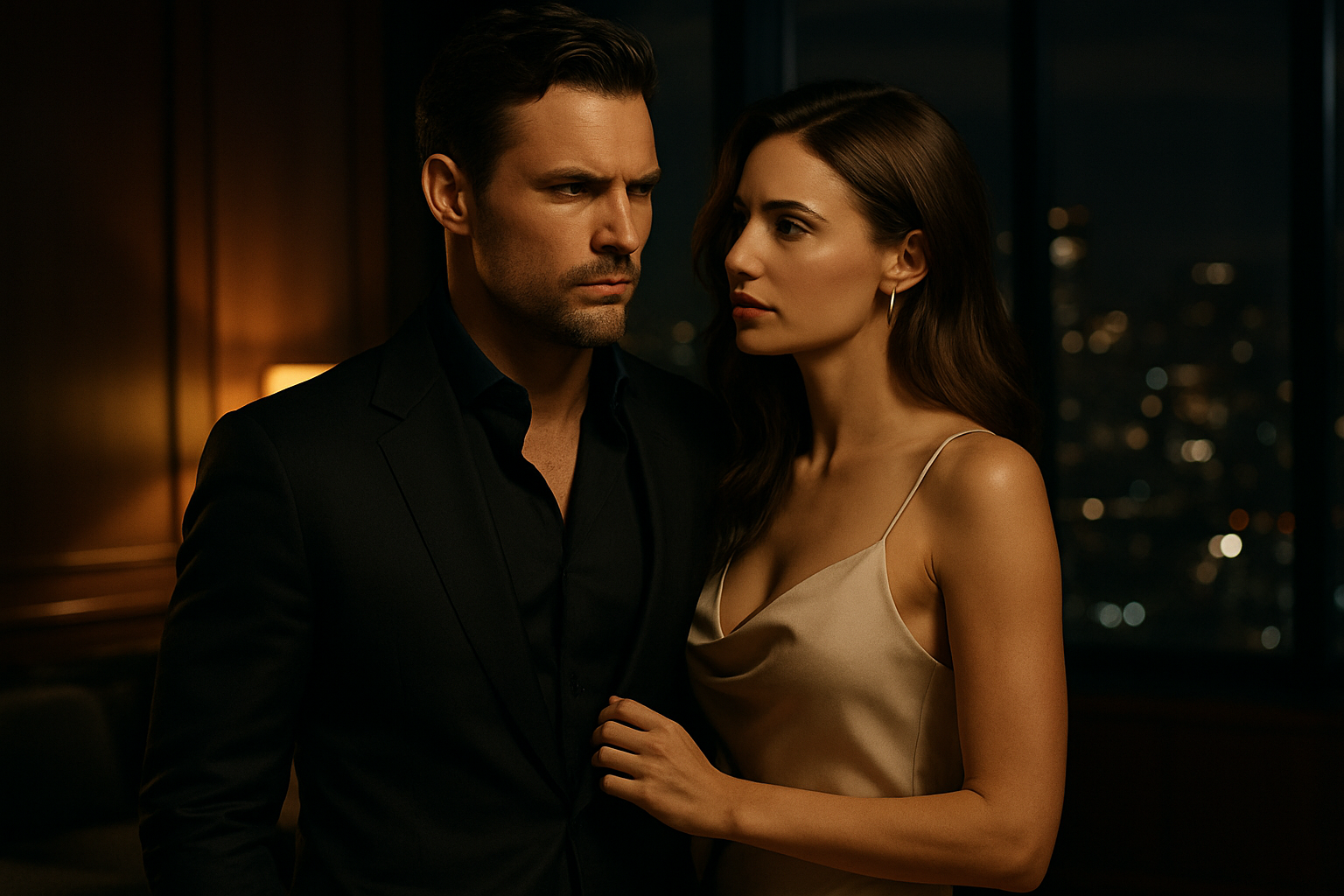Table of Contents
ToggleFemale POV (Point of View) in books refers to storytelling from the perspective of a female character. This means the reader experiences the story through her thoughts, emotions, and perceptions. In romance books, a female POV allows readers to deeply connect with the protagonist’s emotional journey, romantic feelings, and personal growth.
What Are the Different Types of POVs Used in Romance?
1. First-Person POV (I, Me, My)
This is when the story is told directly by the main character, using “I” or “me.” It makes readers feel like they’re right inside the character’s head, experiencing every thought and emotion.
-
- Single First-Person POV: We only hear from one character, usually the female lead.
- Dual First-Person POV: The story switches between the female and male lead, so we get both sides of the romance.
Example: It Ends With Us by Colleen Hoover (it’s super emotional because you feel every moment like it’s happening to you).
2. Third-Person Limited POV (She, He, Her, Him)
This one follows a character closely but uses “she” or “he” instead of “I.” It’s like you’re watching the story unfold from just over their shoulder—you see what they see, but it’s not as deep as first-person.
Example: Pride and Prejudice by Jane Austen (we see the world through Elizabeth Bennet’s eyes but from a little more distance).
3. Third-Person Dual POV
Here, the story switches between both the female and male lead, but still in third-person. It’s great for showing both sides of a romance without making it feel too personal like first-person.
Example: The Bridgertons series by Julia Quinn (we get to see what both love interests are thinking, which makes the romance even better).
4. Third-Person Omniscient POV (All-Knowing Narrator)
This one’s when the narrator knows everything—what every character is thinking, feeling, and doing. It’s less personal, but it gives a bigger picture of the story.
Example: Gone With the Wind by Margaret Mitchell (it follows multiple characters, not just the main couple).
5. Second-Person POV (You, Your)
This is rare in romance, but it’s when the narrator talks to you as if you’re the main character. It makes the story feel super interactive, like a choose-your-own-adventure book.
Example:Sometimes used in interactive stories or experimental fiction.
6. Multi-POV (Multiple Characters’ Perspectives)
Instead of just one or two characters, we get the perspectives of multiple people. This is common in reverse harem romance, polyamorous relationships, or family sagas where several people’s feelings matter.
Example: A Court of Thorns and Roses by Sarah J. Maas (later books give us more than just the main character’s POV).
Why is Female POV So Popular in Romance?
Romance stories focus on emotions—falling in love, heartbreak, desire, and hope. Seeing the story through a female character’s eyes helps readers experience those emotions more intensely.
Over time, romance heroines have gone from being passive (waiting for love to happen) to taking control of their own stories.
The way a female protagonist notices little details; overthinks a text, or feels butterflies during a touch makes the romance feel more real. A female POV makes romance stories more emotional, immersive, and relatable. It helps readers feel every moment—the excitement, the heartbreak, the tension, and the love.
What are the Different Approaches to Female POV in Romance?

1. Single Female POV
- The story is told only from the female lead’s perspective.
- We get to experience everything through her eyes—her thoughts, emotions, and reactions—but we don’t know what the love interest is thinking unless he says it out loud.
- This adds mystery and tension since readers have to guess what’s going on in his head.
- Pros: Feels very personal and emotional.
- Cons: Can be frustrating if you really want to know what the other character is feeling.
- Example: The Kiss Quotient by Helen Hoang (we only see the romance from the heroine’s side).
2. Dual POV (Female + Male)
- The story switches between the female and male lead’s perspectives, usually in alternating chapters.
- This is a great way to see both sides of the romance—what she’s feeling and what he’s feeling.
- Pros: Helps readers connect with both characters and understand their emotions better.
- Cons: If not done well, the two voices might sound too similar, making it hard to tell them apart.
- Example: The Hating Game by Sally Thorne (we get both perspectives, making the tension even better).
3. Multiple POVs (More than Two Characters)
- Instead of just the main couple, we also get the perspectives of other characters, like side characters or even multiple love interests.
- This is often used in reverse harem romances (where one woman has multiple love interests) or family sagas where different relationships are important.
- Pros: Makes the story feel bigger and more layered.
- Cons: Can get confusing if there are too many characters telling the story.
- Example: A Court of Silver Flames by Sarah J. Maas (includes different perspectives beyond the main romance).
4. Omniscient POV (All-Knowing Narrator)
- Instead of being inside one character’s head, the narrator knows everything about everyone—what they’re thinking, feeling, and doing.
- This used to be common in classic and historical romance but is less popular now.
- Pros: Gives a big-picture view of the story.
- Cons: Can make it harder to feel really close to any one character.
- Example: Gone With the Wind by Margaret Mitchell (the narrator jumps between different characters’ thoughts).
5. Unreliable Female POV
- This is when the main character doesn’t always tell the truth, either to herself or to the reader.
- Maybe she’s misunderstanding things, lying, or hiding secrets, which makes the story more unpredictable.
- This type of POV is common in dark romance and psychological thrillers where there are big twists.
- Pros: Keeps readers guessing and makes the story feel intense.
- Cons: Can be frustrating if you’re trying to figure out what’s real.
- Example: Verity by Colleen Hoover (a story full of shocking twists and an unreliable narrator).
Final Thoughts
Some books stick to one female perspective, keeping the love interest a mystery, while others switch between both characters, showing us both sides of the romance. Some stories even bring in multiple perspectives to make things more complex. Each style has its own way of pulling readers in, and the best choice depends on how much of the story and emotions the author wants to share.
No matter which POV is used, a strong female perspective can make a romance book exciting, emotional, and hard to put down.




